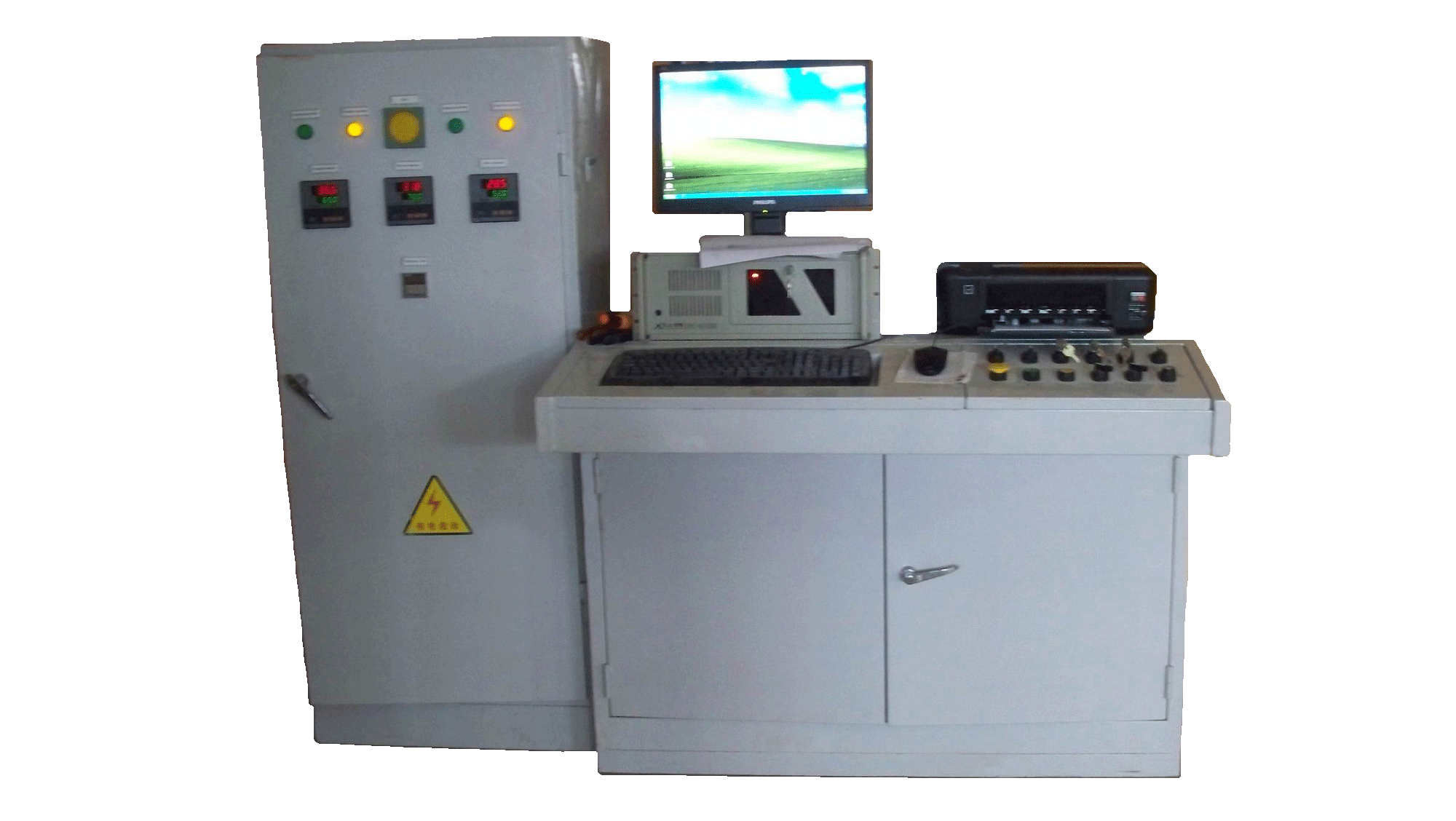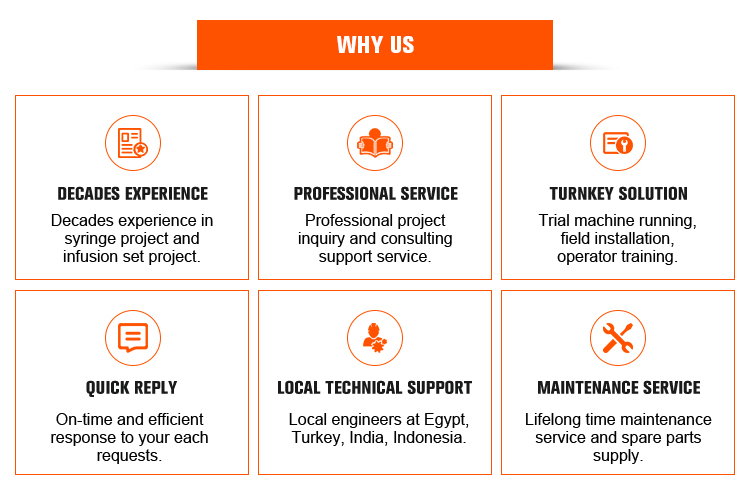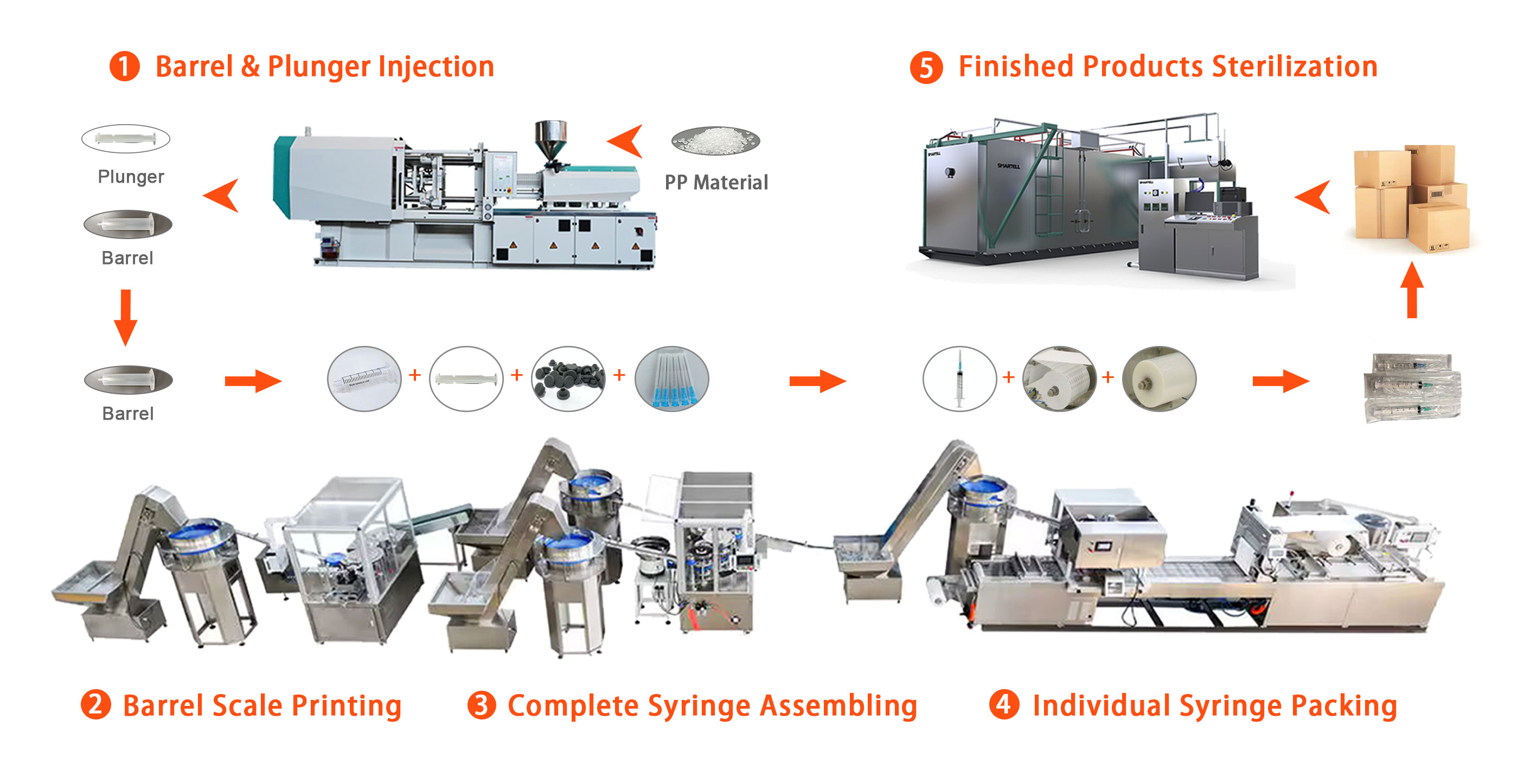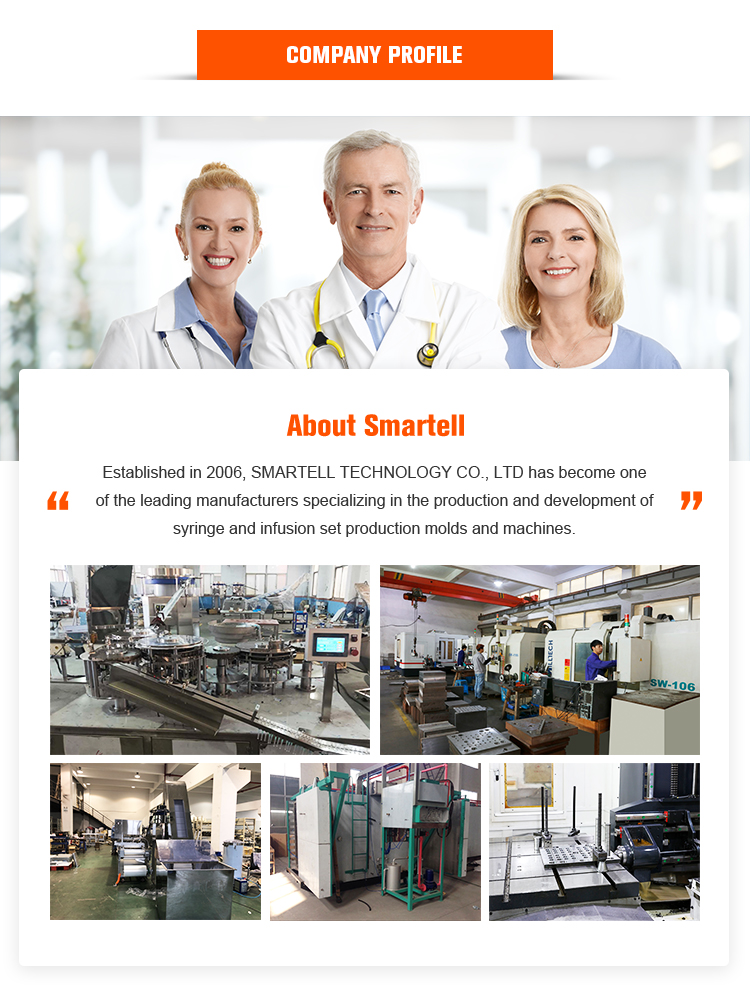| Availability: | |
|---|---|
| Quantity: | |
SMT-5025
Smartell
(Stainless steel coating sterilizer cabinet)

| Structure | combined | Time control | 1min~99h |
| Specification | 1m3~35m3 | Power Supply | 380v/50HZ |
| Temperature control | 0~100°C | Power | 3~5Kw |
| Maximum error of the temperature control | <±3°C | Electric Power | 6~55Kw |
| Working pressure | -0.09~0.08Mpa | Working environment | Temperature5~40°C Humidity<80%RH |
| Working humidity | 30%~60% RH |
All parameters and dimensions are subject to change without prior notice.






(Stainless steel coating sterilizer cabinet)

| Structure | combined | Time control | 1min~99h |
| Specification | 1m3~35m3 | Power Supply | 380v/50HZ |
| Temperature control | 0~100°C | Power | 3~5Kw |
| Maximum error of the temperature control | <±3°C | Electric Power | 6~55Kw |
| Working pressure | -0.09~0.08Mpa | Working environment | Temperature5~40°C Humidity<80%RH |
| Working humidity | 30%~60% RH |
All parameters and dimensions are subject to change without prior notice.







Modern ETO sterilization machines are complex pieces of equipment with multiple integrated systems. These systems work together to create the optimal conditions for effective sterilization while ensuring safety and operational efficiency. The following are the key components of an ETO sterilizer cabinet:
The sterilizer cabinet is the core unit where sterilization takes place. It is designed to accommodate a variety of medical products, ensuring that they are thoroughly exposed to the ethylene oxide gas in a safe and controlled environment. The sterilizer cabinet structure includes the following components:
Cabinet: The main chamber where the medical products are loaded. The cabinet is designed to be airtight to maintain a controlled environment during the sterilization process. It is constructed using durable materials like stainless steel to withstand the pressure and conditions of the sterilization process.
Circulating Water Heating System: To maintain the optimal temperature required for the sterilization process, a circulating water heating system is employed. This system ensures that the temperature inside the sterilization chamber is consistent, which is critical for the effective diffusion of ethylene oxide gas throughout the load.
Vacuum Devices: A vacuum system is used to evacuate air from the sterilization chamber before the introduction of ethylene oxide gas. Creating a vacuum removes oxygen and moisture, which can interfere with the sterilization process. The vacuum ensures that ethylene oxide gas can penetrate the packaging materials and reach all surfaces of the medical devices.


Modern ETO sterilization machines are complex pieces of equipment with multiple integrated systems. These systems work together to create the optimal conditions for effective sterilization while ensuring safety and operational efficiency. The following are the key components of an ETO sterilizer cabinet:
The sterilizer cabinet is the core unit where sterilization takes place. It is designed to accommodate a variety of medical products, ensuring that they are thoroughly exposed to the ethylene oxide gas in a safe and controlled environment. The sterilizer cabinet structure includes the following components:
Cabinet: The main chamber where the medical products are loaded. The cabinet is designed to be airtight to maintain a controlled environment during the sterilization process. It is constructed using durable materials like stainless steel to withstand the pressure and conditions of the sterilization process.
Circulating Water Heating System: To maintain the optimal temperature required for the sterilization process, a circulating water heating system is employed. This system ensures that the temperature inside the sterilization chamber is consistent, which is critical for the effective diffusion of ethylene oxide gas throughout the load.
Vacuum Devices: A vacuum system is used to evacuate air from the sterilization chamber before the introduction of ethylene oxide gas. Creating a vacuum removes oxygen and moisture, which can interfere with the sterilization process. The vacuum ensures that ethylene oxide gas can penetrate the packaging materials and reach all surfaces of the medical devices.








